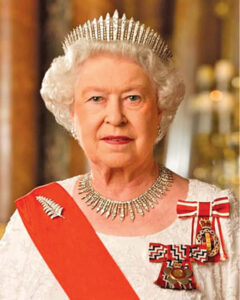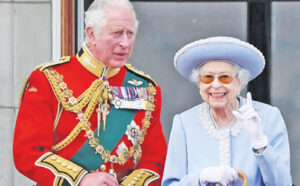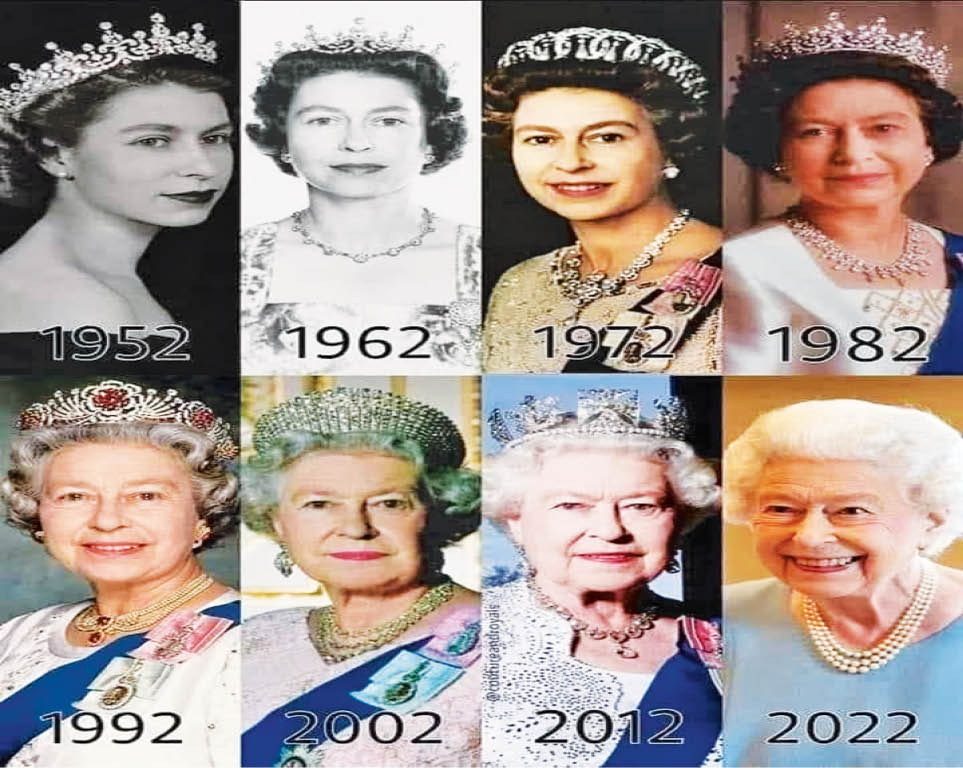 Queen Elizabeth II, the world’s longest-serving head of state and UK’s longest-serving monarch, who led her subjects for more than seven decades, passed away on 8th September, 2022, at the age of 96, at her Scottish estate in Balmoral, where she had spent much of the summer.
Queen Elizabeth II, the world’s longest-serving head of state and UK’s longest-serving monarch, who led her subjects for more than seven decades, passed away on 8th September, 2022, at the age of 96, at her Scottish estate in Balmoral, where she had spent much of the summer.
Her extraordinary reign, which began in 1952, spanned 15 British Prime Ministers and 14 US Presidents! She inherited the throne of a country almost broken by the legacy of war, and reigned through a time of epochal change, both, for the UK and the world.
Her son, King Charles III, said the death of his beloved mother was a moment of great sadness and that her loss would be deeply felt around the world. “We mourn profoundly the passing of a cherished sovereign and a much-loved mother.” Through the mourning period, he said, he and his family would be “comforted and sustained by our knowledge of the respect and deep affection in which the Queen was so widely held”. The queen peacefully passed away in the presence of her son, King Charles, his wife, Camilla (now Queen Consort) and grandsons – Prince William and Prince Harry, and family. On the Queen’s death, Prince William and his wife, Catherine, became the Duke and Duchess of Cambridge and Cornwall.
The Queen had taken a step back from some royal duties in the months leading up to her passing. Although she was did preside over the appointment of Liz Truss as Britain’s Prime Minister on 6th September, 2022, she did so from Balmoral estate instead of Buckingham Palace, where such appointments are traditionally done.
The Queen remained an almost timeless figure in the public’s eye, carrying out her royal duties despite the inconvenience of advancing age and when her private life was in turmoil. PM Liz Truss said the monarch was the rock on which modern Britain was built, who had “provided us with the stability and strength that we needed.”

Queen Elizabeth II’s tenure as head of state spanned post-war austerity, the transition from empire to Commonwealth, the end of the Cold War and the UK’s entry into – and withdrawal from – the European Union. Her reign spanned 15 prime ministers starting with Winston Churchill, born in 1874, and including Ms Truss, born 101 years later in 1975. She held weekly audiences with her prime minister throughout her reign.
The Queen was born Elizabeth Alexandra Mary Windsor, in Mayfair, London, on 21 April 1926. After turning 18, Elizabeth spent five months with the Auxiliary Territorial Service and learned basic motor mechanic and driving skills. As a 21-year-old princess, Elizabeth had vowed to devote her life to service. Through the war, she exchanged letters with her third cousin, Philip, Prince of Greece, who was serving in the Royal Navy. Their romance blossomed and the couple married at Westminster Abbey on 20 November 1947, with the prince taking the title of Duke of Edinburgh.
She would later describe him as “my strength and stay” through 74 years of marriage, before his death in 2021, aged 99. Their first son, Charles, was born in 1948, followed by Princess Anne, in 1950, Prince Andrew, in 1960, and Prince Edward, in 1964.
Elizabeth was crowned at Westminster Abbey on 2 June 1953, aged 27, in front of a then-record TV audience estimated at more than 20 million people. Elizabeth reformed the monarchy for this less deferential age, engaging with the public through walkabouts, royal visits and attendance at public events.
The Royal Family has now entered a period of mourning. In the coming days, much of national life will be put on hold. Official engagements will be cancelled and union flags will be flown at half-mast on royal residences, government buildings, across the Armed Forces and on UK posts overseas. Members of Parliament will pay tribute to the Queen and take an oath to King Charles. A state funeral for the Queen is expected in the next two weeks.
- દિકરી એટલે બીજી માં… - 20 April2024
- નાગપુરની બાઈ હીરાબાઈ એમ. મુલાનદરેમહેરનો ઇતિહાસ - 20 April2024
- વિશ્વ ભારતી સંસ્થાન દ્વારા રતિ વાડિયાનુંસન્માન કરવામાં આવ્યું - 20 April2024
